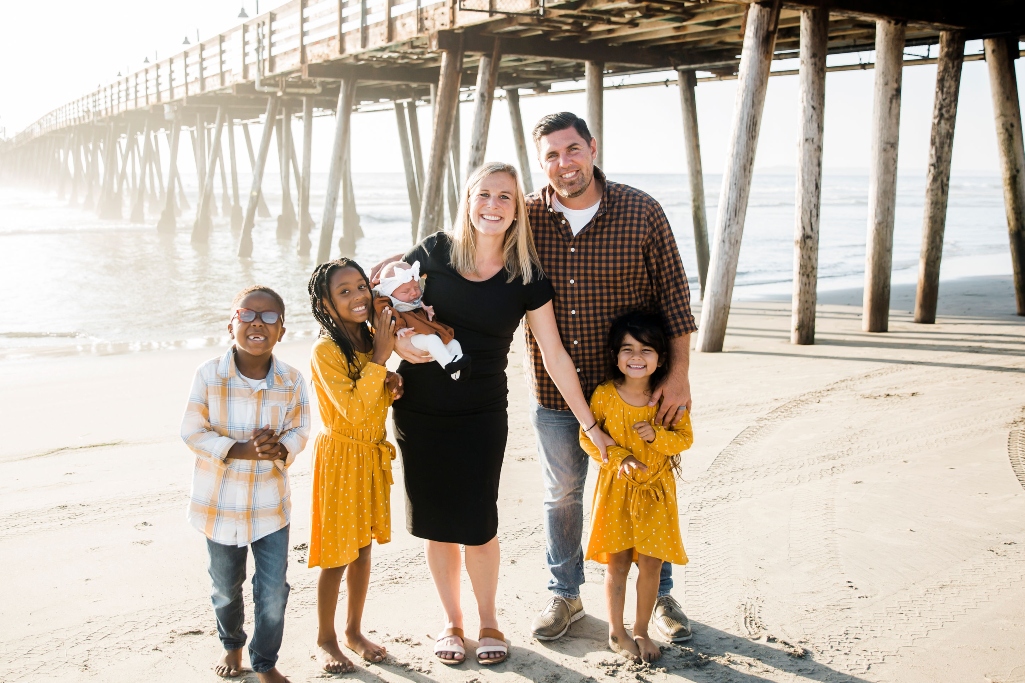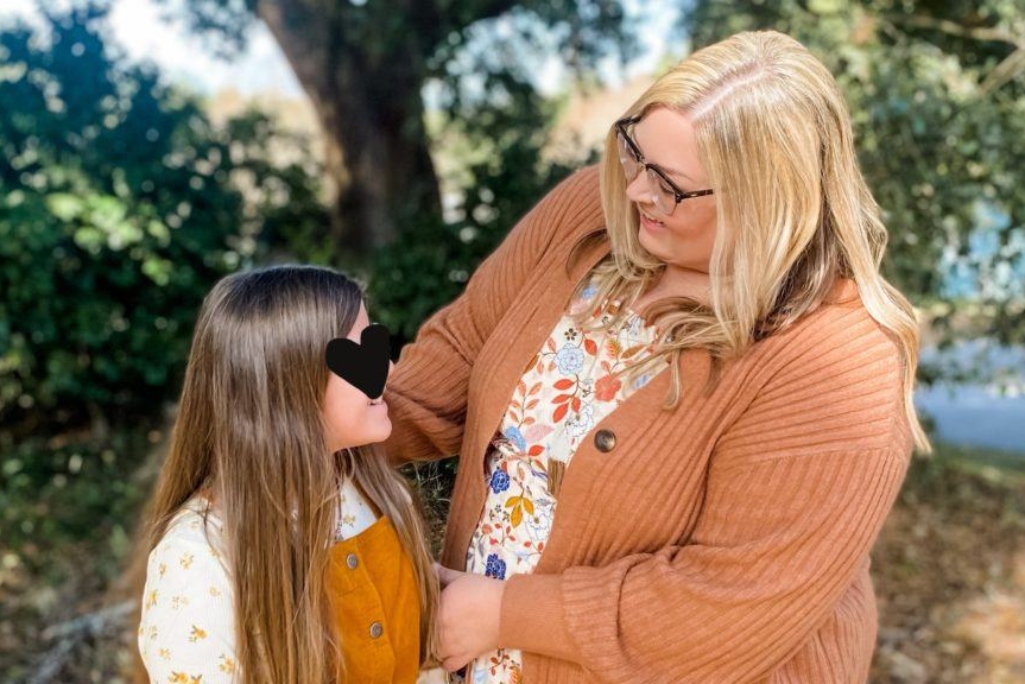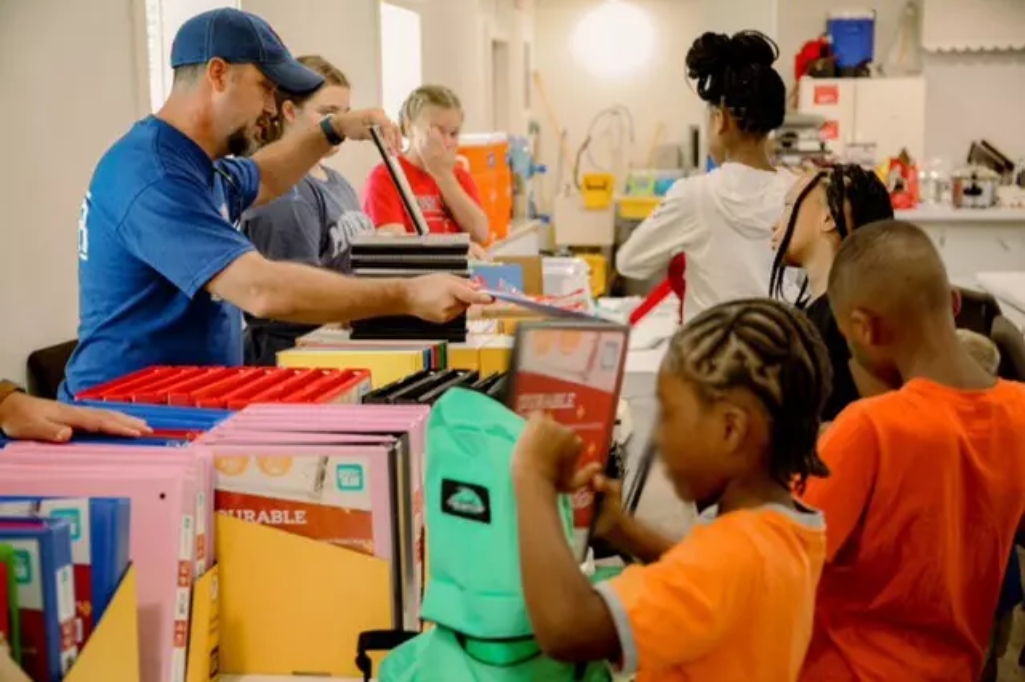
Logan Mabe, FAM specialist and lead pastor of Ocean View Church in Chula Vista, Calif., and his wife Brittany are passionate about FAM and adoption. Together, they lead their church to serve at-risk children and families.
At any given moment, an estimated 400,000 U.S. children and teens are in foster care. There also happens to be roughly that many churches across the United States.
“Foster care impacts every community in the U.S., which means that every local church has an opportunity to fulfill the biblical call to care for the fatherless and the vulnerable,” said Josh Benton, vice president of North American ministries at Send Relief. “Through Family Advocacy Ministry, Send Relief is committed to helping churches serve at-risk families and children with quality, gospel-centered ministry.”
May is National Foster Care Month, and Send Relief, the compassion ministry arm for Southern Baptists, has been raising awareness for how churches can become involved. Send Relief equips churches to develop Family Advocacy Ministries (FAM) in their congregations that support at-risk children and families in their communities.
“Our good friends were fostering, and we wanted to do something to help them,” Shari King, an advocate of FAM at First Baptist Church Watkinsville, Ga., said in written comments. “We found out that our FAM was providing practical support to foster families. Initially, we helped by providing one meal for the family each month.”
Over time, King and her family became more involved in volunteering with their FAM before going on to become foster parents themselves.
Through a FAM, local churches develop volunteers who provide imminently practical service for foster families by babysitting, tutoring, providing diapers, clothes and other resources or giving Christmas and birthday presents.
“We want churches to know that the greatest thing that they can offer is not the food that they may bring or other resources, but it’s the relationships,” said Logan Mabe, Send Network planter and lead pastor of Ocean View Church in Chula Vista, Calif. “It’s praying for that family intentionally on a regular basis. It is a phone call checking on a family. It’s all grounded in relationships. That is really, ultimately, what we want to see churches do in San Diego. It’s evangelism and discipleship. It’s long obedience in the same direction.”

Hayley Catt, a NAMB staff person and foster mom, has been a single foster mom for five years. Her passion to serve at-risk children and families grew out of her time serving as a missionary overseas.
When a FAM meets tangible needs and invests in relationships, it helps relieve burdens for foster care families in what is often a fast-paced, busy lifestyle as those families meet the needs of their children.
“Logistics are incredibly challenging in the foster care world. It’s not something I was prepared for, honestly,” said Hayley Catt, a NAMB staff member and single foster mom, in an interview with SR. “Two to three times a week, we are opening our home to therapists, social workers, family consultants, volunteers and more. We have to rush from one appointment to another, and we don’t get a lot of down time. Having help with transportation, house cleaning, meals, etc., helps to ease that burden.”
A FAM can also help meet spiritual needs when opportunities for gospel conversations arise within foster families as they come and participate in the local church.
“We have also seen kids come into care with families in our church who have accepted Christ,” said Marlaina Harper, an advocate of FAM at Lakewood Baptist Church in Gainesville, Ga. “We’ve watched them take steps of faith to participate in baptism, as well. Watching both foster and birth families join together in their support of a child’s decision of faith was really meaningful for our whole church.”
In recent years, churches have become increasingly engaged in meeting the needs of foster children and families, but much work remains to be done.
“The work of Family Advocacy Ministries will not be done until there are more families waiting for kids than kids waiting for families. Intentional engagement from the whole church could drastically alter the child welfare crisis as we know it,” said Connor McCauley, who works for Promise686, an orphan advocacy ministry. “I dream to see a world where every church in every community is dedicated to bringing hope, redemption and care for the kids and families living in the shadows. They need the hope of the gospel. They need the church.”
To learn more about how churches can engage in Family Advocacy Ministry, visit SendRelief.org.
(EDITOR’S NOTE – Brandon Elrod writes for the North American Mission Board.)


